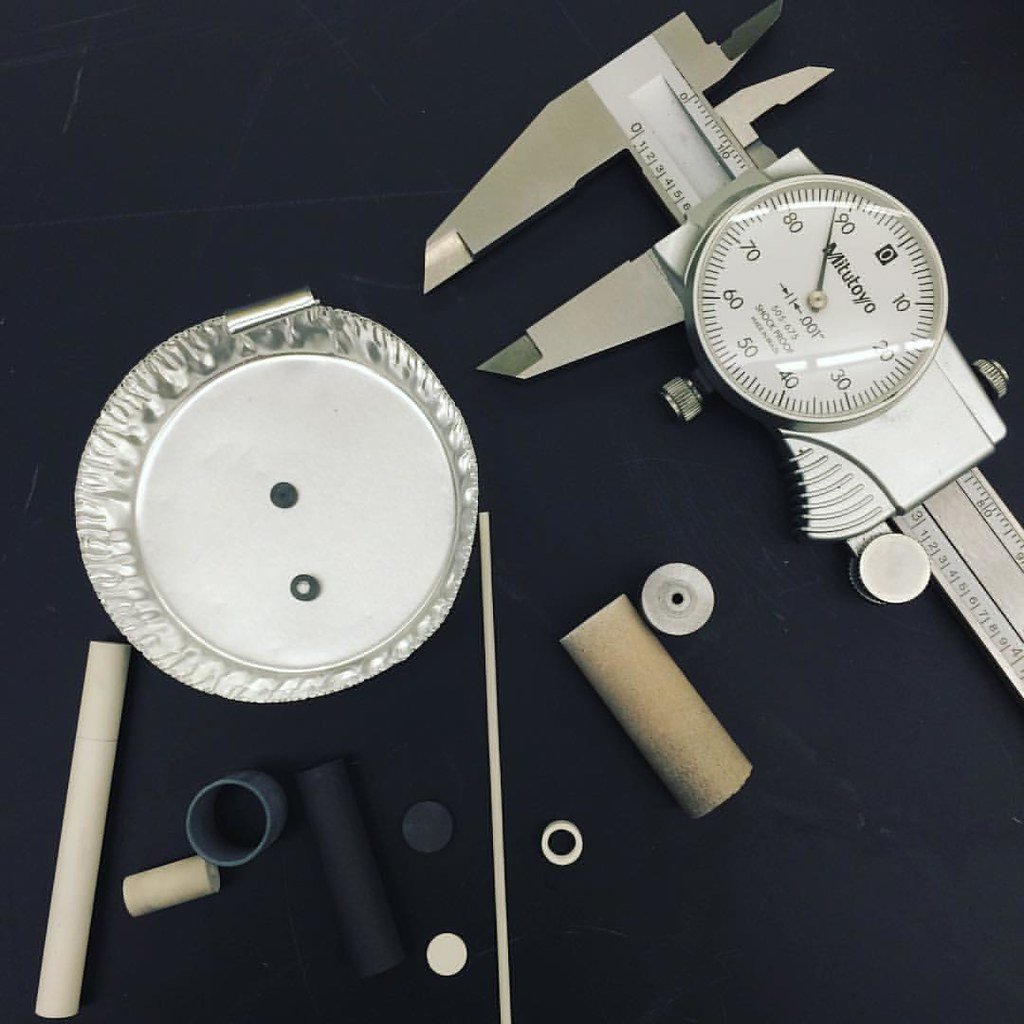In a significant development, China, the world’s leading graphite producer and exporter, announced new export restrictions on graphite materials. Effective from December 1, this decision will require export permits for specific graphite products, including spherical graphite, predominantly used by automakers. China refines over 90% of the global graphite supply, a key component in electric vehicle (EV) battery anodes. These anodes are crucial for the negatively charged section of batteries.
This move by China is poised to escalate trade disputes on a global scale and encourage other nations to prioritize research into alternative sources and materials. Industry executives have shared their insights, emphasizing the need for improving the supply of graphite in the United States.
“We see China’s move as a potential catalyst to highlight the urgency of improving (U.S.) graphite supply,” commented John DeMaio, president of Graphex Group‘s graphene division. Graphex plans to establish a graphite processing facility in Warren, Michigan, by the end of 2024, aiming to provide U.S. automakers with a minimum of 10,000 metric tons per year of this essential material.
Graphex’s focus is on becoming a refiner in the Western market rather than a miner. The company has already secured graphite supply agreements with Syrah Resources and is actively seeking additional sources. Tesla, a prominent player in the EV industry, has also secured graphite supply deals with Syrah and Magnis Energy Technologies.
Efforts to challenge China’s dominant position in the graphite market are gaining momentum, with new investments being made in the United States and Europe, primarily focused on developing synthetic graphite. Despite industry experts recognizing the uphill battle, Benchmark Mineral Intelligence estimates that synthetic graphite could account for nearly two-thirds of the EV battery anode market by 2025.
China’s battery materials giants, including BTR and Shanshan, are also investing hundreds of millions of dollars to produce more synthetic graphite. Vianode, a synthetic graphite startup based in Oslo, is set to begin small-scale production in Norway next year, with plans to expand to full-scale production in Europe and the United States by 2030.
However, the development of synthetic graphite production comes at a considerable cost. This cost is seen as necessary to reduce reliance on China, prompting the question of whether consumers are willing to pay more for sustainable materials in their batteries.
Another crucial element in EV batteries is silicon, which enhances an EV’s driving range before requiring recharging. Companies are working on increasing the proportion of silicon in batteries beyond the typical 10% limit, as this material can expand during use and potentially degrade the battery.
In the wake of China’s dominance in graphite, industry experts are advocating for a shift towards the next level of lithium-ion and EV performance. With China’s export restrictions, there is growing concern that it could lower exports and raise prices, similar to what occurred after a similar move in August concerning two chip-making metals, gallium and germanium.
Analyst Alvin Liu from Canalys highlights that this regulation could result in a scarcity of graphite, leading to higher production costs for EVs. This situation is a cause for concern as many automakers already sell EVs at a loss, making cost increases unwelcome. In response to the rising demand for EVs, automakers are in a race to secure supplies from outside of China to mitigate potential shortages.
Graphite, primarily used in the steel industry, is anticipated to see a substantial surge in demand, with EV sales projected to more than triple by 2030, reaching 35 million from 2022, as forecasted by BMO Capital Markets. Each EV typically requires 50 kg to 100 kg of graphite in its battery pack for the anodes, which is approximately twice the amount of lithium.
As the industry closely observes the implications of China’s decision, automakers are evaluating its potential impact on their supply chains and costs. BMW, Volvo Cars, Renault, Mercedes, Stellantis, Rivian, and others have indicated their cautious approach, emphasizing the need for flexible risk management.
The significance of this development extends to the entire electric vehicle industry, with global stakeholders closely monitoring the evolving landscape as they adapt to these new challenges.
Read More:
